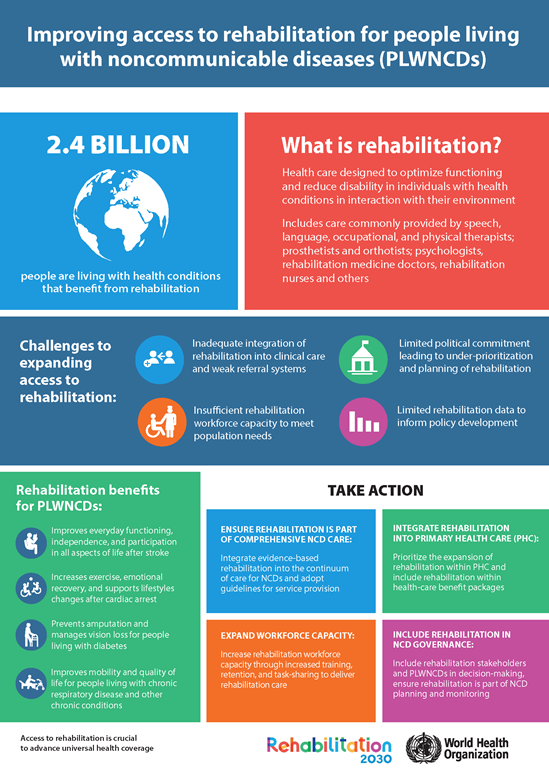An Unbiased View of Narconon Africa
Wiki Article
Narconon Africa Fundamentals Explained
Table of ContentsThe Single Strategy To Use For Narconon AfricaGetting The Narconon Africa To WorkNarconon Africa Things To Know Before You BuyThe Ultimate Guide To Narconon AfricaFascination About Narconon AfricaSee This Report about Narconon AfricaNarconon Africa Fundamentals Explained
In a collection of documents with Manudeep Bhuller and Katrine V. Lken, we get over these information difficulties and the nonrandomness of jail time, using new insights into exactly how imprisonment impacts relapse, work, children, and criminal networks - Private rehab facility. Figure 1 Our job researches the results of incarceration in Norway, a setting with two key benefitsWe can even more link this information to various other member of the family, consisting of youngsters and siblings. Moreover, we have details on co-offending that permits us to map out criminal networks for observed criminal offenses. Second, we can utilize the random assignment of criminal instances to courts that differ in their tendencies to send out defendants to prison.
Some judges send defendants to prison at a high rate, while others are much more tolerant. We gauge a court's stringency as the average imprisonment price for all other situations a court deals with, after controlling for court and year fixed results, which is the degree of arbitrary task. This quasi-random job of judge stringency can be used as a tool for incarceration, as it highly forecasts the court's decision in the existing situation, but is uncorrelated with other instance characteristics both by style and empirically.
The Definitive Guide to Narconon Africa
Characteristics of prisoners, consisting of demographics and criminal offense categories, are generally comparable in Norway and various other nations, including the United States, with the exceptions that the United States murder rate is a lot greater, and race plays a larger role there. What attracts attention as different, especially compared with the United States, is the prison system.Figure 2In Norway, the ordinary time invested in prison is a little over six months, which is similar to most various other Western European countries. This contrasts with ordinary United States jail time of practically 3 years, which remains in big part the reason the USA is an outlier in its incarceration rate compared with the remainder of the globe [Number 1]
The Greatest Guide To Narconon Africa
This provides a lot more splitting up in between minor and hardened criminals than exists in the United States. There is no overcrowding in Norwegian jails and better personal security, with each detainee being assigned to their very own cell and a higher inmate-to-staff ratio than in the USA (https://soundcloud.com/narconon0346). Prisons in Norway also offer well-funded education, medication therapy, mental health, and job training programsOur study on the effects of imprisonment on the transgressor, utilizing the arbitrary project of courts as a tool, returns 3 essential searchings for. Initially, jail time discourages better criminal actions. We find that incarceration reduces the possibility that a person will reoffend within 5 years by 27 percentage factors and decreases the equivalent number of criminal costs per individual by 10 costs.
A Biased View of Narconon Africa
We find substantial reductions in reoffending possibilities and cumulative billed crimes also after accuseds are released from prison. Our 2nd outcome is that bias because of selection on unobservable specific characteristics, if overlooked, brings about the incorrect verdict that time invested behind bars is criminogenic. If we merely contrast criminal offenders sentenced versus those not sent to jail, we discover positive associations in between imprisonment and subsequent crime.This stands in comparison to our analysis based on the arbitrary job of courts, which discovers an opposite-signed outcome. Third, the reduction in criminal activity is driven by individuals who were not functioning before imprisonment. Amongst these people, imprisonment raises engagement in programs directed at enhancing employability and minimizing relapse, and this eventually increases work and earnings while discouraging criminal actions.

Jail time triggers a 34 portion factor rise in engagement in task training programs for the formerly nonemployed, and within five years their employment rate rises by 40 percent points. At the same time, the possibility of reoffending within 5 years is cut by 46 percent factors, and there is a decrease of 22 in the average variety of criminal fees.
The Main Principles Of Narconon Africa

A probable description for the difference is that Norway's jail system varies significantly, both in terms of prison-term size and prison problems, from the United States prison system. While understanding the impacts of imprisonment on the culprit is a crucial initial step, recording spillover effects is also important for examining criminal justice policy and developing efficient jail systems.
3 Simple Techniques For Narconon Africa

Normal least squares estimates expose that kids of incarcerated daddies are 1 percent factor more probable to be billed with a crime, about a mean of 13 percent, and reveal no effect on college grades. Using our judge stringency instrument, we find no analytical proof that a papa's imprisonment influences a kid's very own criminal activity or institution qualities, but we are unable to dismiss modest-sized effects.
Fascination About Narconon Africa
We specify criminal teams based on network web links to prior criminal instances. When a criminal network participant is put behind bars, their peers' probability of being billed with a future crime decreases by 51 percentage points over the following 4 years - https://www.bark.com/en/za/company/narconon-africa/ROORl/.Report this wiki page